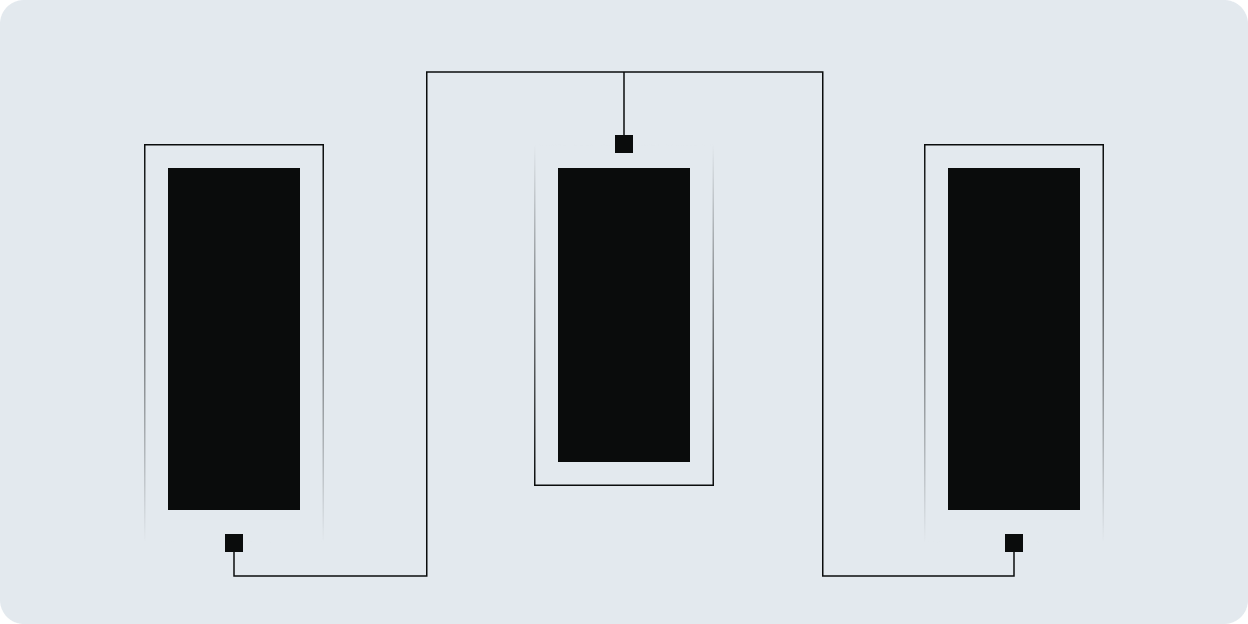
October 30, 2025
8 mins read
Non-Disclosure Agreements: Protecting Information Before It Becomes Leverage
on this page
Introduction
Information is the most valuable currency in modern business. Ideas, data, and strategies are shared in every negotiation, pitch, and partnership discussion long before any formal relationship begins. Yet many organisations still share confidential information without a written Non-Disclosure Agreement (NDA) in place, assuming that good faith or trust will suffice.
An NDA is not a sign of mistrust; it is a sign of professionalism. It ensures that confidential information can be shared safely, that ownership remains clear, and that discussions can progress without fear of misuse. Whether you are negotiating a merger, presenting an invention, or exploring a commercial partnership, an NDA is often the first and most important contract you will sign.
This article explains the purpose, structure, and strategic value of NDAs, and why every serious business discussion should begin with one.
1. What an NDA Really Protects
An NDA is designed to protect information that gives a business its competitive advantage. This includes financial data, intellectual property, client lists, business plans, trade secrets, algorithms, or any non-public information that has commercial value.
The agreement defines what qualifies as confidential and establishes an obligation on the receiving party to keep it secret and use it only for the agreed purpose. It also clarifies what does not count as confidential, such as information already in the public domain or independently developed without reference to the disclosed material.
In short, an NDA ensures that disclosure serves opportunity, not exploitation.
2. Unilateral, Mutual, or Multilateral: Choosing the Right Form
There are several types of NDAs, and selecting the correct one is essential.
Unilateral NDAs are used when only one party is sharing confidential information, such as a startup presenting its technology to a potential investor or client.
Mutual NDAs apply when both sides exchange sensitive information, such as in a joint venture or merger discussion.
Multilateral NDAs are less common but useful when three or more parties share information within a consortium or collaborative project.
Choosing the right structure prevents confusion over obligations and ensures that every party has equal clarity about what they must protect.
3. Defining Confidential Information with Precision
Many NDAs fail because they are too vague. The definition of confidential information should be broad enough to cover all relevant materials, but specific enough to avoid ambiguity. It should include written, oral, and electronic information, as well as models, samples, or business know-how.
Best practice is to include a catch-all clause while requiring the disclosing party to identify confidential material clearly, for example by marking it as “confidential” or confirming the disclosure in writing. This makes enforcement far easier if a dispute arises later.
4. Duration, Use, and Return of Information
The NDA should clearly state how long the confidentiality obligation lasts. Two to five years is common, but certain information such as trade secrets may require indefinite protection.
The agreement must also specify how the receiving party may use the information. Typically, it should be limited to a defined purpose such as “evaluating a potential investment” or “discussing a possible business partnership.”
Finally, the NDA should require the recipient to return or destroy confidential information upon request or when discussions end. These procedures ensure control even when cooperation does not progress.
5. Limitations and Enforcement
An NDA cannot prevent every breach, but it gives a strong legal basis for recourse if one occurs. It demonstrates that the recipient accepted a duty of confidentiality, shifting the burden of proof in your favour.
In case of breach, remedies may include injunctions to stop further disclosure, compensation for losses, and recovery of legal costs. The mere existence of a signed NDA often deters misconduct, as it signals that the disclosing party takes protection seriously.
To maximise enforceability, the NDA should include a clear governing law and jurisdiction clause. This determines which court or arbitration body will resolve disputes.
6. The Strategic Value of NDAs
Beyond protection, NDAs also serve as tools of credibility. Sophisticated investors, partners, and counterparties expect them. They demonstrate that your company manages information responsibly, operates under defined procedures, and treats confidentiality as part of its corporate governance.
In regulated industries, NDAs are also part of compliance. They support data protection obligations under the GDPR, prevent insider trading in financial sectors, and protect intellectual property in technology and creative industries.
An NDA does not limit conversation; it enables it. By formalising trust, it allows open discussion without unnecessary risk.
7. Common Pitfalls to Avoid
- Overly generic templates. NDAs copied from the internet may omit essential clauses or fail under your governing law.
- Unrealistic duration. Indefinite obligations for ordinary information are rarely enforceable; match duration to commercial reality.
- Unclear ownership of materials. Always confirm that ownership remains with the disclosing party.
- Missing jurisdiction clauses. Without this, enforcement becomes slow and uncertain.
- Failure to sign before disclosure. An NDA signed after information is shared may not apply retroactively.
Attention to these details distinguishes a functional agreement from a meaningless one.
Conclusion
The first step in any serious business discussion is not a handshake but a signature. A Non-Disclosure Agreement transforms informal trust into formal protection. It allows information to flow freely without risk of misuse, ensures ownership remains clear, and sets the tone for a professional relationship.
An NDA is not a sign of caution but of confidence. It tells your counterpart that you value your ideas enough to protect them.
At Humlor, we draft and negotiate NDAs tailored to complex international transactions, partnerships, and technology collaborations. Our approach ensures that every disclosure you make strengthens your position rather than exposing it. Before you share your next idea, make sure it is protected by design.





